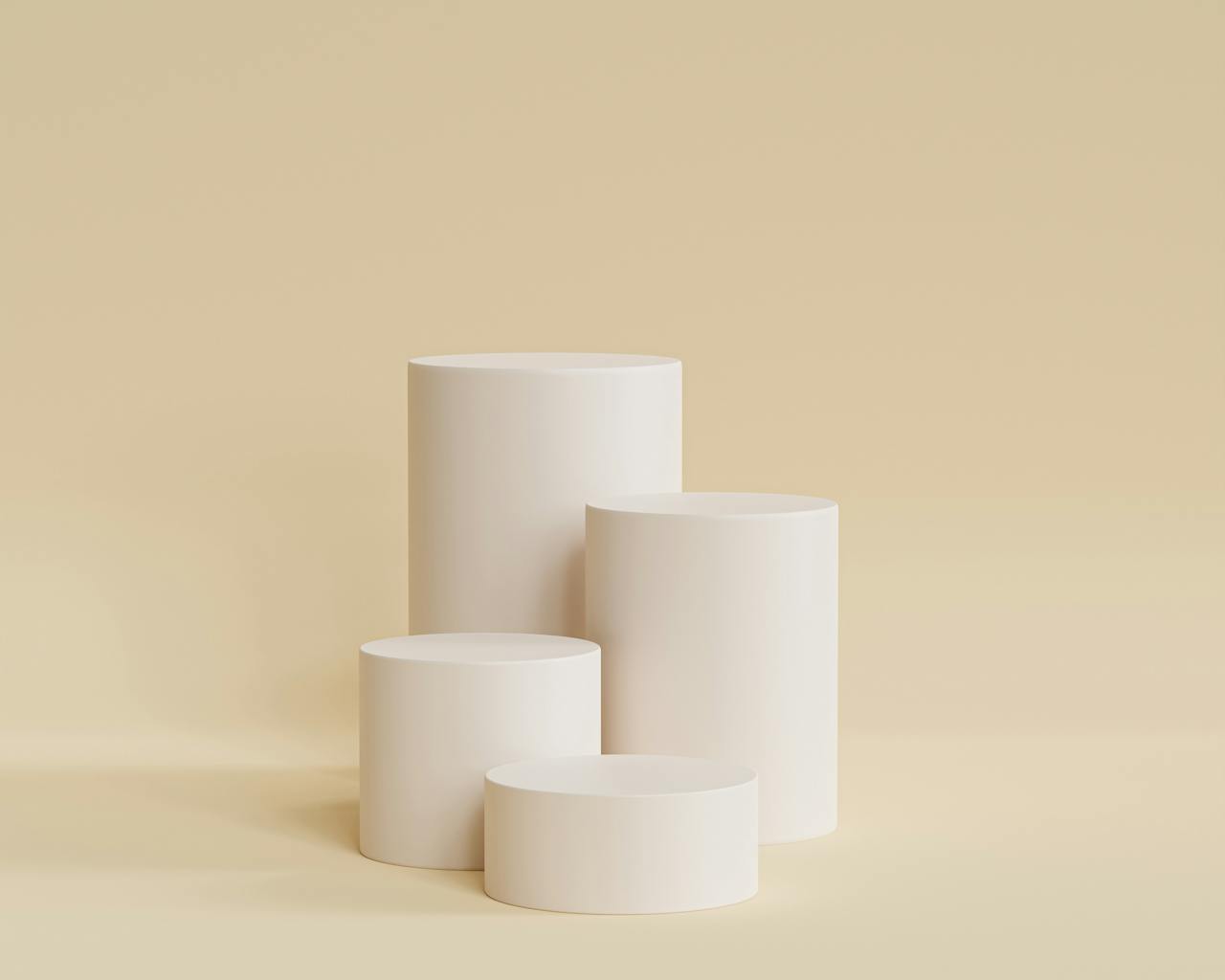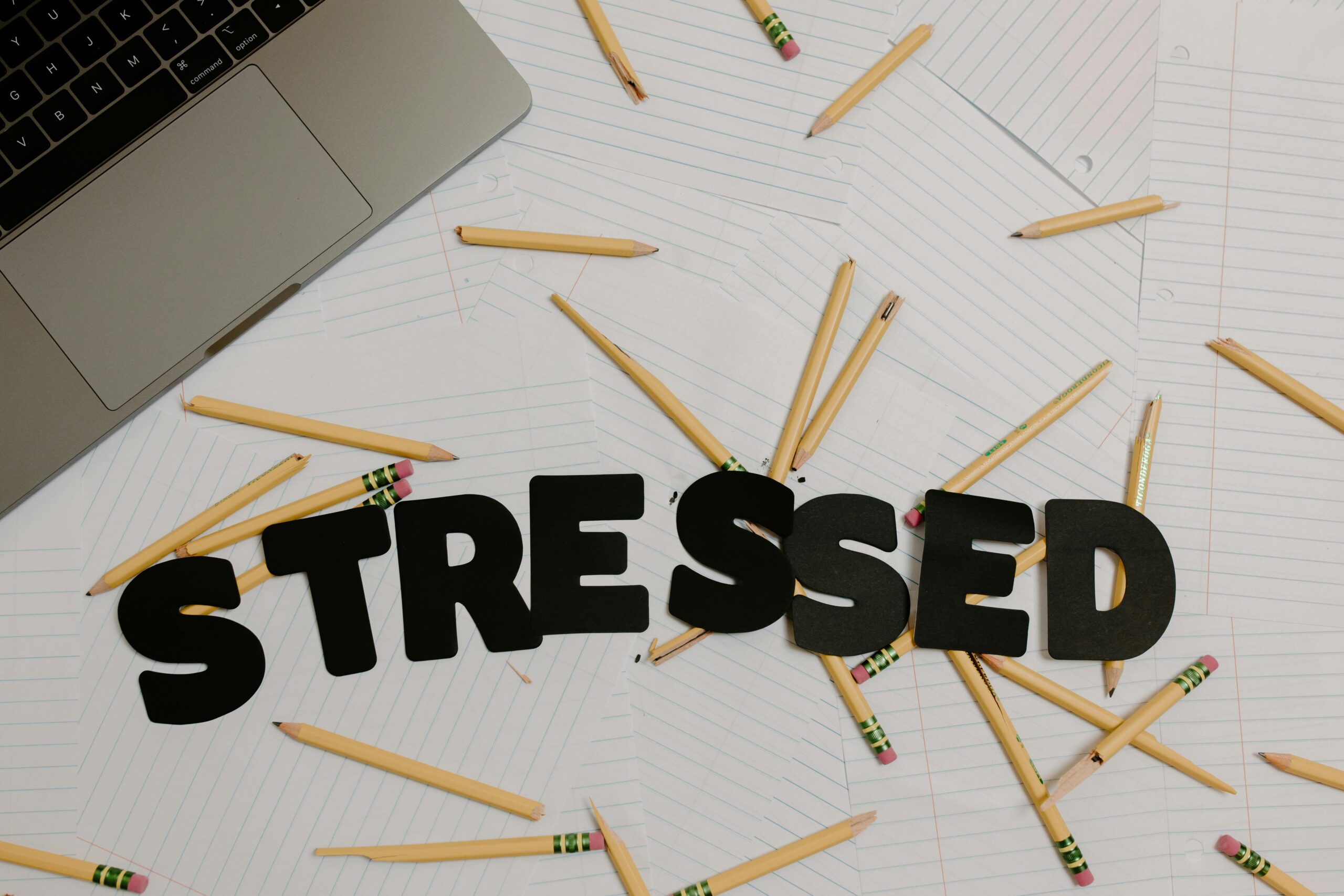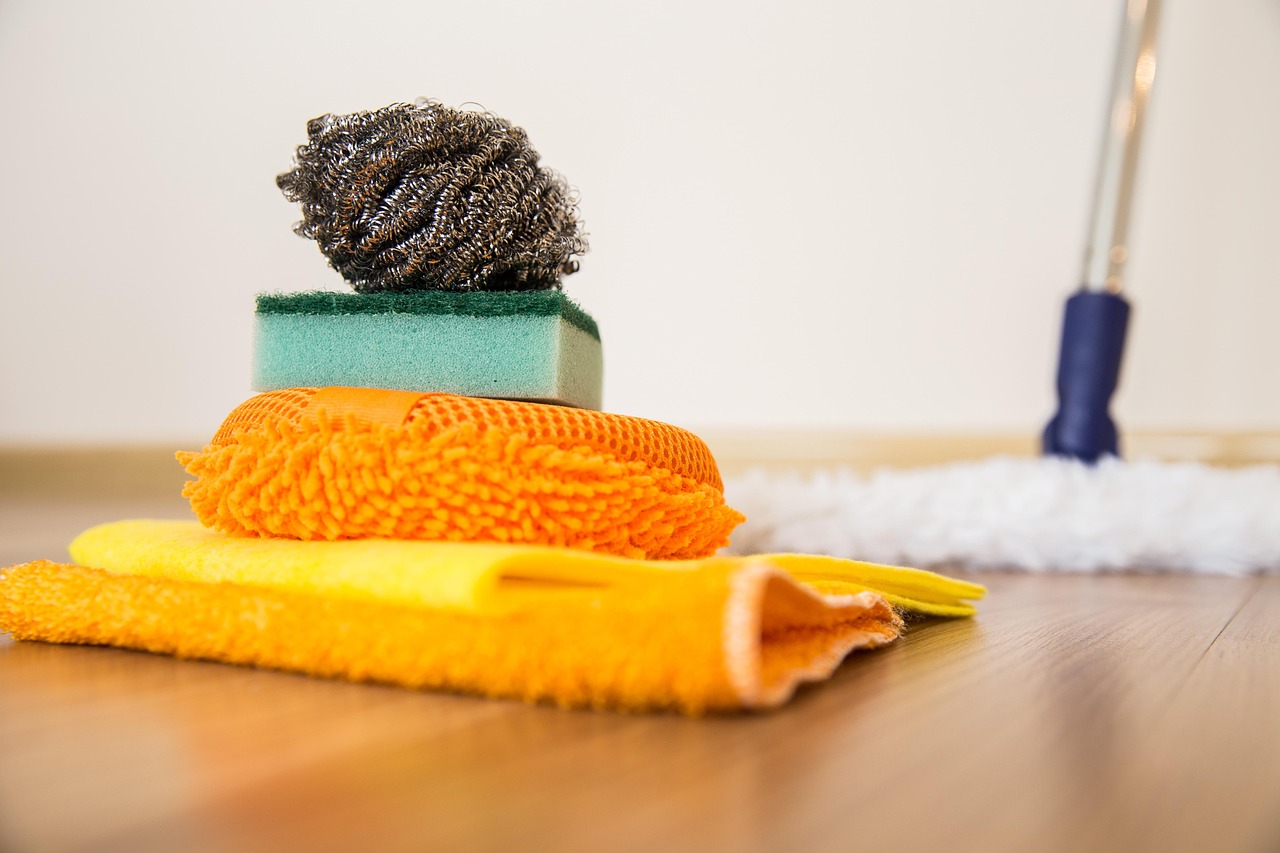Guest article from queer-voices.com.

Amidst a cluttered market, well-thought-out designs not only shine but filter through. The minute differences in color, typography, layout, and interactivity can alter perception, emotions, and decisions. Knowing the psychology behind product design answers why some brands pull customer loyalty, while others fade away. Here are five insights into the psychology that nurtures successful product design:
1. First Impressions Shape Trust
Humans are wired to make snap judgments within milliseconds. This holds especially for product designing, where visual aesthetics have a strong bearing on the perceived credibility of the product. Clean interfaces, symmetry, and ease of navigation all work toward creating that initial impression. Users tend to associate beauty with greater functionality and reliability, which is referred to as the “aesthetic-usability effect.” Thus, as strong as it seems, the layer conceals itself beneath a silent ambassador of trust, credibility, and sometimes outright forgiveness of usability “errors,” which are seen to be the fault of the user and not of the designer, whenever the product looks or feels good.
2. Emotional Resonance Enhances User Engagement
Deep-rooted emotional connectedness, beyond simply functionality, can be nurtured by emotionally intelligent design. The psychology of color is one such area where specific emotions can be caused by color aesthetics: blue symbolizing calm, red urgency, and green growth. Although fonts and spaces could manipulate pretensions, they influence the emotional tone: whether a product is considered jovial, serious, luxurious, or inviting. Productive design would capitalize on and evoke joy, curiosity, or even nostalgia at times. The effect of tapping into emotive triggers can extend from a useful product to a product that becomes indispensable for good use. Emotional resonance can be converted very easily into using the product repeatedly, and the satisfied user will promote the product further through word-of-mouth.
3. Memorable Branding Builds Identity
The visual and language identity of a product goes a long way in cultivating the kind of familiarity that lasts. When branding creates distinct associations with logos, colors, and a style of verbal communication, these are reinforced in a user’s mind long after the first interaction occurs. The company’s consistency across all points of interaction supports recognition; they set themselves apart by showing originality. If someone can remember a company logo or recall a slogan from one encounter, then it is very likely that they will be drawn in again. To achieve this level of impact, many companies hire an experienced design agency to craft a cohesive and strategically driven brand presence. Doing so brings visibility and loyalty amongst customers.
4. Cognitive Load Determines Ease of Use
Design needs to be simplified, not complicated. A human brain can take in little information at one time; hence, cognitive load becomes a critical design factor. Catastrophic, cluttered interfaces, ambiguous icons, and difficult options have been proven to hinder decision making, inducing great anguish in the users. Clear hierarchies, constant patterns, and short messaging minimize mental effort, allowing smoother real-time moments. Understanding the lapse period and memory limitations of the audience will not only make their lives brighter but will also streamline and enhance their experiences, making them feel effortless. Thus improving conversion rates as well as the user experience. Minimalism isn’t just a passing trend; it’s something much deeper, something psychological.
5. Feedback Loops Reinforce Positive Behavior
Feedback integrates the experience and leads users, pointing them towards the desired behavior. Be this a play sign after you manually clicked an exoskeleton, a green tick vs. a red cross to indicate involvement in promoting the download bar progression, or a bright confirmation dialogue upon any action. The user should be supported by feedback in three ways. From a psychological standpoint, we are dealing with the principle of reinforcement; positive reinforcement leads to repetition. Lack of feedback, clear and timely, can make the user feel lost or, at the very least, uncertain about things to do, hence destroying their confidence and resulting in high drop-off rates. Feedback loops backed with detailed thinking absolve not only ideas of usability but instill trust inside a thick site of apprehension in clarity and responsiveness.
In conclusion, meaningful design transcends sights and sounds. It is founded on the mind of a person. Elements defined from visual identity to user flow can be optimized to better align with human behavior and cognition. Once the design establishes emotional engagement, making the interaction easier, thus promoting the user’s engagement, it enhances the overall experience of the product. A good appreciation of and adherence to these five principles would allow for making products that are not only functional but immensely engaging.
Photo by Pexels










